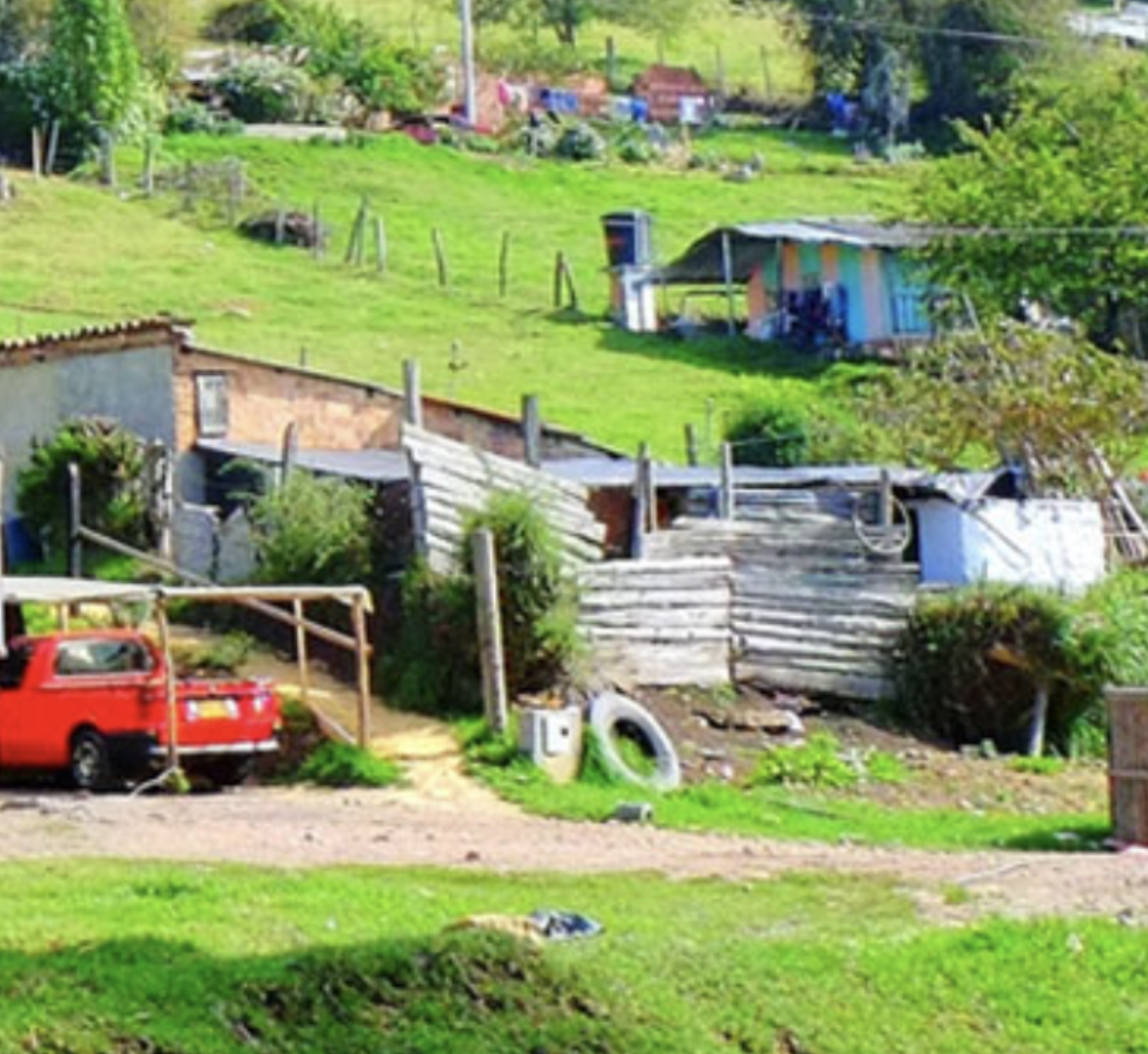Using REVAMP and local collaboration to explore waste management scenarios in Chía, Colombia

This case study is part of the SEI Urban Toolbox for Liveable Cities whichhas been developed by theSEI Initiative on City Health and Wellbeing. The Urban Toolbox isa collection of tools, developed within SEI or in coordination with SEI,aimed at supporting planning and decision-making for improving the health, well-being and resilience of city residents and urban systems more broadly. It demonstrates how REVAMP can be used to inform city planning and waste management decisions.
Introduction
Just north of Bogotá, Colombia, the small municipality of Chía is growing fast. Many of the new arrivals are making their homes in periurban settlements, and the twin pressures of a growing population growth and economic activity are overwhelming infrastructure that was built for a smaller town.
The potential health risks are clear. Less than 40% of the wastewater entering Chía’s old sewerage system is treated. The municipal authorities in Chía are acutely aware of the need to improve waste management and are developing a new sewage treatment plant. In 2018 the Chía Environmental Office teamed up with the SEI Initiative on Sustainable Sanitation and researchers from El Bosque University to find out how to make Chía’s waste management more effective and at the same time contribute to a range of sustainable development priorities.
This case study shows how the REVAMP tool was used to collaborate with local stakeholders and calculate scenarios for change in Chía’s waste management practices.
This Urban Toolbox case study is an abridged version of the original text, which can be downloaded from SEI’s website where it was originally published on 1st April 2019: REVAMP: Bringing urban waste into the circular economy. Please access the original text for more detail, research purposes, full references, or to quote text.
Methodology
Co-development:
Working with stakeholders has been an essential part of the process in Chía – to ensure both local ownership and the accuracy of the REVAMP calculations, as well as to help in further developing REVAMP’s capabilities. Workshops and focus group discussions were first held with stakeholders from a variety of sectors: civil society, business and industry associations, and authorities).
Field Studies:
Field studies to gather data on local conditions also revealed that there are already some promising resource-recovery initiatives working with waste in the municipality, though on a small scale. This information will be useful in the next phase of work in Chía, helping to flesh out scenarios and to demonstrate the feasibility of more integrated waste-management solutions in the municipality.
Outcomes and Impacts
Insights for decision-makers:
The meetings established that there was significant demand for improved waste management and revealed a great local interest in exploring resource recovery options – outcomes that brought the initially reluctant municipal water and waste company on board.
Improved data for decision-making:
Collaboration with local stakeholders, including the water and waste company, helped to establish a base of high-quality input data about local conditions and waste flows that underpinned the REVAMP version used in Chía. As a result, it is helping SEI to add more waste streams to the REVAMP tool, for example animal waste.
SEI is also using the Chía case to broaden the range of outputs REVAMP can offer, such as the greenhouse gas emissions under each reuse scenario. This will mean REVAMP can show how urban waste-management and reuse decisions can impact multiple SDGs, allowing local decision-makers to prioritize.
Policy impact:
Alongside the project in Chía, SEI established a dialogue with the Colombian Ministry of Environment on the topic of linking waste management with resource recovery. As a result, the ministry committed to adding resource recovery to its list of priority areas for its next programming phase. Thus, the local level supported national-level impact, while thematic support from the national level incentivized further action at the local level.
- EGESTABASE – your gateway to circular nutrient research
- Using REVAMP to explore the potential benefits of urban waste in Dar es Salaam, Tanzania
- Estimating the resource recovery potential of waste streams in Kampala, Uganda
- REVAMP: Bringing urban waste into the circular economy
- Governance challenges and opportunities for implementing resource recovery from organic waste streams in urban areas of Latin America: insights from Chía, Colombia
(0) Comments
There is no content